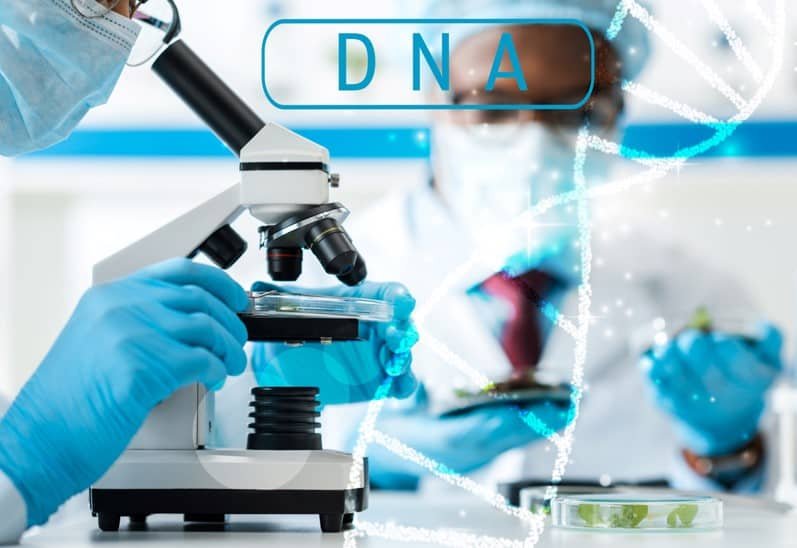
What does Paternity Testing Mean?
A DNA paternity test is the testing option that analyzes DNA (Deoxyribonucleic Acid) of an alleged biological father and a child. It is recommended that the mother of the participates in the paternity test to help increase the accuracy of the DNA test.
Paternity Testing is considered the most accurate option to establish the paternity (fatherhood) of a child. DNA samples are commonly collected by a cotton swab. The swab is placed inside of the mouth and brushed against the cheek on both the left and right cheeks.
Blood Samples
Can blood be used to help determine the paternity of a child? Yes. Both the swab and blood samples options can be used they have the same accuracy. The difference between the two options is, swab samples are painless. Whereas blood genetic sample collections are more painful because needles are used to acquire the samples.
If you are performing this DNA test for any legal purposes. All DNA samples must be collected by an unbiased third-party sample collector.
How important is paternity testing?
Performing a paternity test is an extremely important step in a child’s life. It’s not just about finding out if you are the father of a child, it’s also about the child knowing where he or she comes from to help them better identify with who they are. Or, What did they inherit genetically? If for any reason a medical issue arises the child may have a higher risk of survival if the father is available to possibly donate blood or maybe even an organ.
All of the reasons shared embody the best interest of the child. Whether an alleged father is biologically related to a child or not. A paternity test allows a child the opportunity to help know who they are and to receive child support to become a well-rounded functional adult.
Paternity testing also allows the father an opportunity to know if has biological offspring that he participates in his child’s life and it helps to alleviate any doubt that may have arisen prior to performing a DNA test.

Is paternity testing and DNA fingerprint paternity test the same test?
The simple answer is yes. The term DNA fingerprinting was associated with paternity testing in the early years but has since lost much of its popular use in the scientific community.
The DNA fingerprint was always meant to describe the DNA profile – the concept being that the profile would be a unique identifier as was supposed to be, a fingerprint (that is the pattern that is present on one’s fingers). We will leave aside the fact that there is no scientific support for the individualization of fingerprint patterns, but that was the idea behind the term DNA Fingerprint.
